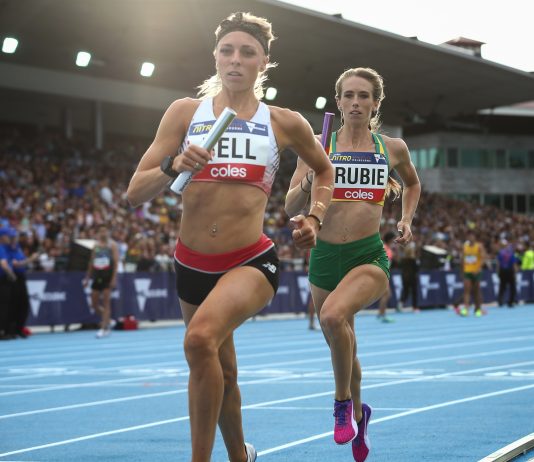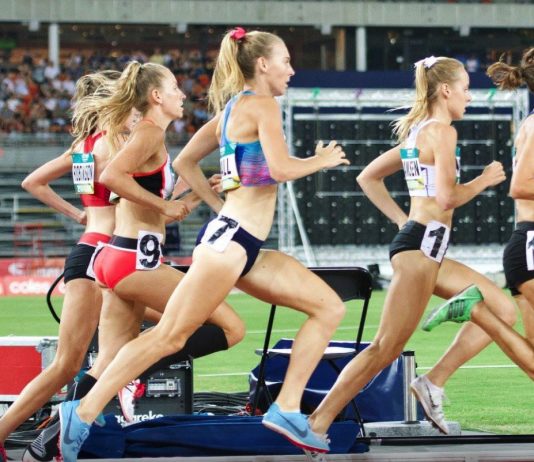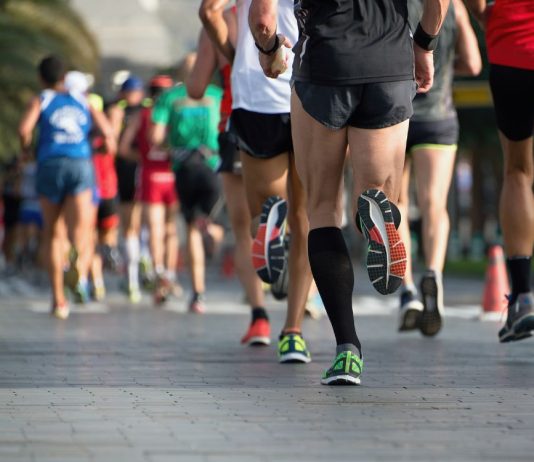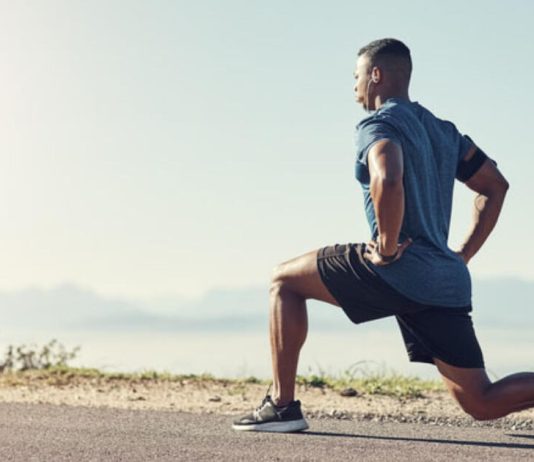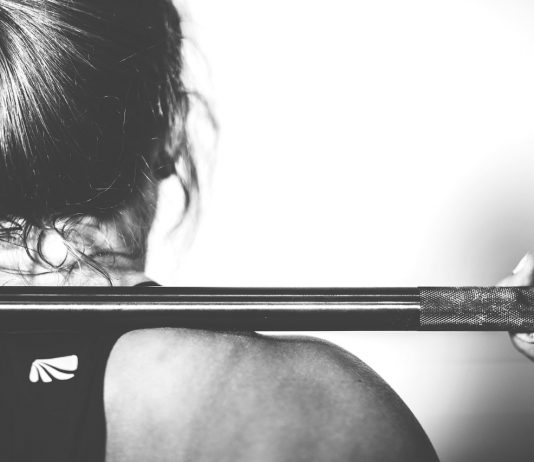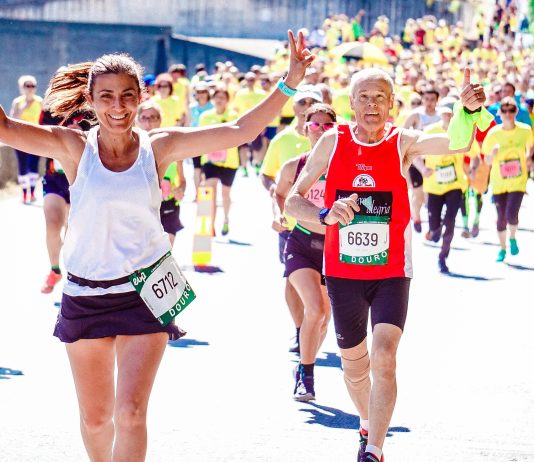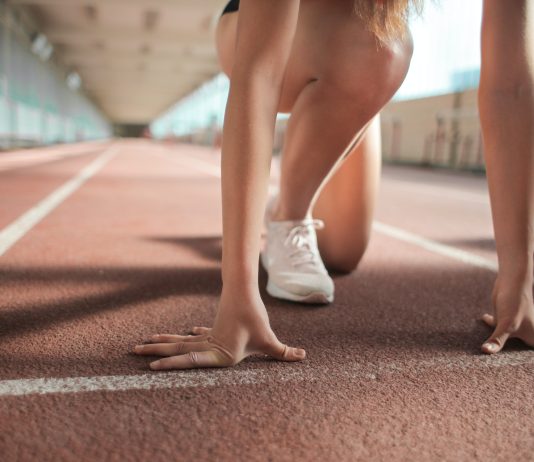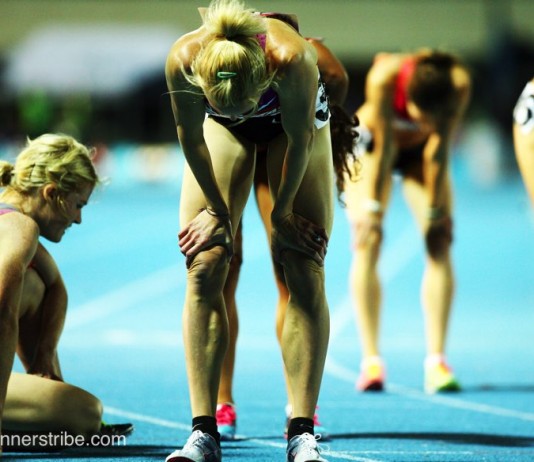Six Key Core Exercises for Runners - No Gym Required
2017 Runner's Tribe, all rights reserved
So everyone knows that a strong core is key. But for the time strapped runner, what are the most choice exercises on which to concentrate? We have chosen 6 key core exercises that are 1)...
Iliotibial band syndrome (also known as ITBS) is the most common injury that can affect the lateral portion of the knee in runners. Research shows that it affects anywhere from five to fourteen percent of all runners.
If you’re a runner who’s struggling with ITBS, you’re not alone. There’s more...
Running is an excellent form of exercise, but it can take a toll on your lower back if you don't take proper care of your body. The lower back plays a crucial role in maintaining an upright posture, but weaknesses in the core muscles, hips, glutes, and hamstrings can cause discomfort, pain, and spasms, putting runners at risk of injuries that can slow down progress.
In our hectic lives, it is all too easy to overlook the significance of nurturing and fortifying our lower back muscles. Neglecting these essential muscles can result in weakness over time, rendering us vulnerable to pain and potential injuries. The erector spinae, the group of muscles in the lower back, plays a pivotal role in supporting the spine and facilitating movements such as bending forward and lifting objects. By actively engaging and strengthening these muscles, we can mitigate discomfort and elevate our overall well-being.
New Study Finds Long-Distance Running Does Not Increase Risk of Knee and Hip Osteoarthritis
Runnerstribe Admin -
A new study challenges the widely-held belief that running can lead to hip or knee osteoarthritis, a condition that affects over 32 million Americans. Osteoarthritis is a degenerative disease that causes pain, stiffness, and disability as cartilage cushioning the bones wears down. Once it is damaged, cartilage cannot regenerate.
Are you a runner who has experienced sore quads and difficulty activating your glutes during long, flat runs? If so, you may be a victim of quad-dominant running. While this issue is fixable with the right changes to your form, there is some confusion when it comes to the advice given for weightlifting versus running.
If you’re someone who loves to run, it’s easy to convince yourself that running, alone, is sufficient for meeting your fitness goals and maintaining a high level of health.
While running can be very beneficial for the body, especially for improving cardiovascular health, it’s not the only form of exercise...
As we get older, our muscles tend to weaken naturally, and leading a sedentary lifestyle can exacerbate this issue. Strong calf muscles are particularly crucial to handle high-load forces that can occur during activities like running. Research suggests that the calf muscles may need to generate up to 9 times the body weight force during such activities. A weak calf muscle can result in muscle tears.
Despite the fact that studies have shown that strength training can improve running efficiency in particular, many runners still tend to shy away from it. This can be linked to a number of things, including time restrictions and a preference for running over weightlifting.
The Night Wrap – Treating Inflammation
By Thomas Do Canto
It was over 10 years ago that I was first introduced to this off-label treatment and I believe it still has its place in the management of many soft tissue injuries.
So what is a night wrap? No, it's not a facial...







